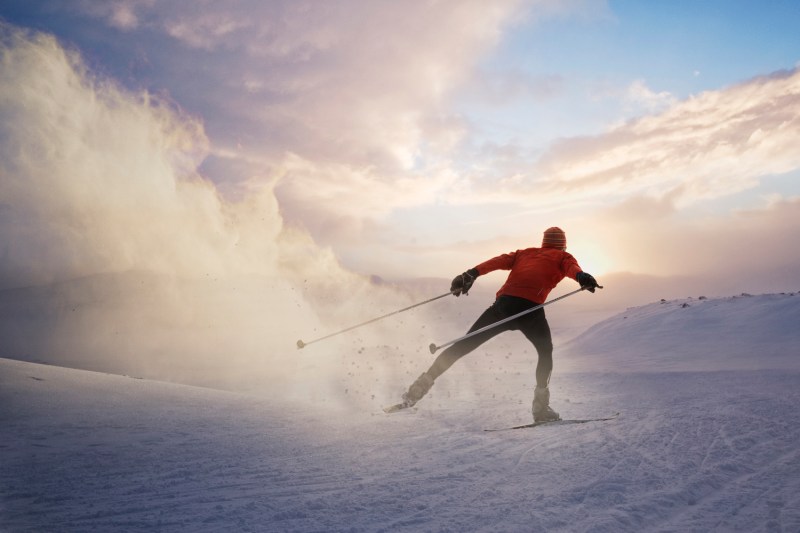
Cross-country skiing is a great winter activity. It provides exercise and an escape into nature while also being affordable and socially distanced. In this ski guide, we’ll walk you through how to choose the right pair of cross-country skis for this winter. We’ll also break down the different types of cross-country skis from the best ski brands. And before you venture out into the cold, make sure to grab your best ski gloves and mittens to round out your layering system.
Related Guides
Types of Cross-Country Skis
Touring Ski: Fischer Spider 62 Crown Xtralite Cross Country Ski
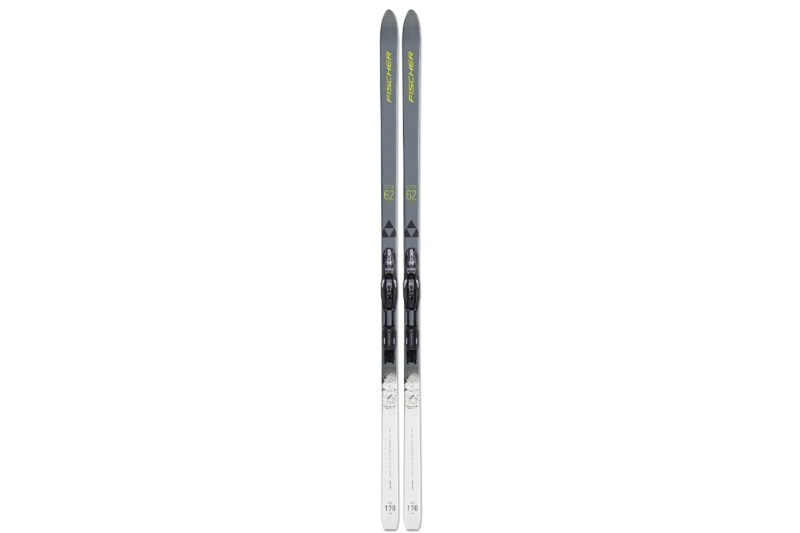
Perhaps the most common cross-country ski is the touring ski. This type of ski is great for groomed trails where you’ll be skiing in tracks. Its width is narrow enough to allow for speed while being wide enough to provide stability. Groomed tracks are 70mm wide, so touring skis are narrower than that. Fischer, Rossignol, and Salomon are all going to be solid brands for your cross-country ski purchase. This ski from Fischer is a great example of a touring ski.
Read More: Best Places to Rent Outdoor Gear
Backcountry Ski: Rossignol BC 80 Positrack Skis with NNN BC Bindings
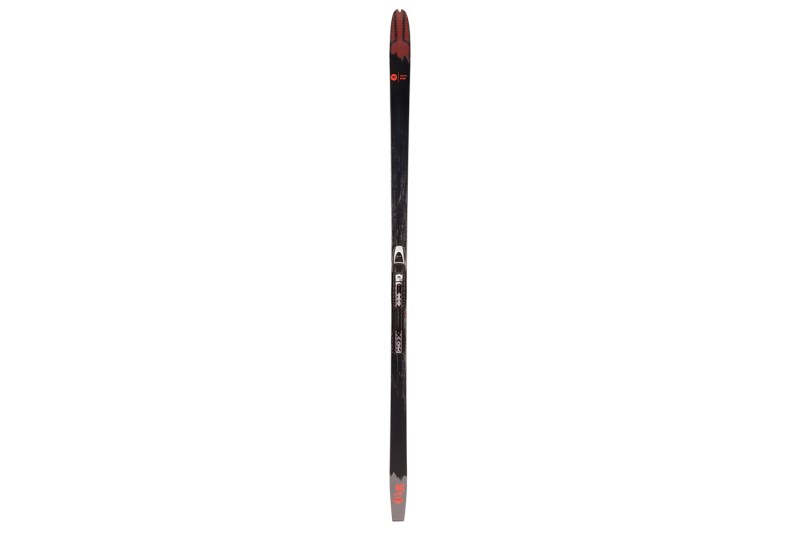
If it’s a rugged adventure you’re after, a backcountry ski is the way to go. These skis are wider to help you glide over deeper snow. They also have metal edges for extra purchase as you descend icy terrain. If blazing your own trail and enjoying the quiet of pristine wilderness sounds good, go with a pair of backcountry skis. This BC ski from Rossi is a great option.
Skate Ski
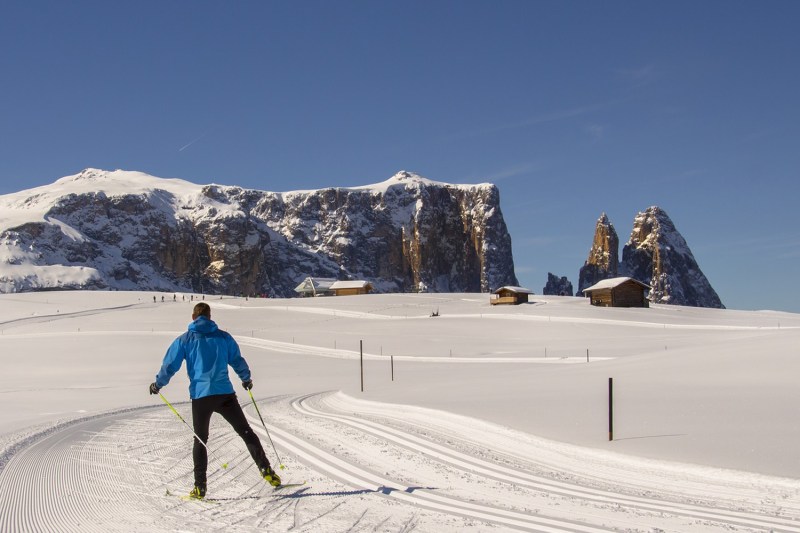
If you like going fast, you might be interested in skate skis. Skate skis are shorter in length and are used on groomed trails. They get their name from the skating motion you make as you use them. Skate skis are great if you’re looking to turn a day of skiing into a workout. If you’re not sure that you’re conditioning is up for it, check out our guide on the best cardio workouts to prepare. But as with any sport, how fast you go and how much you challenge yourself, is entirely personal.
Best Cross-Country Ski Length
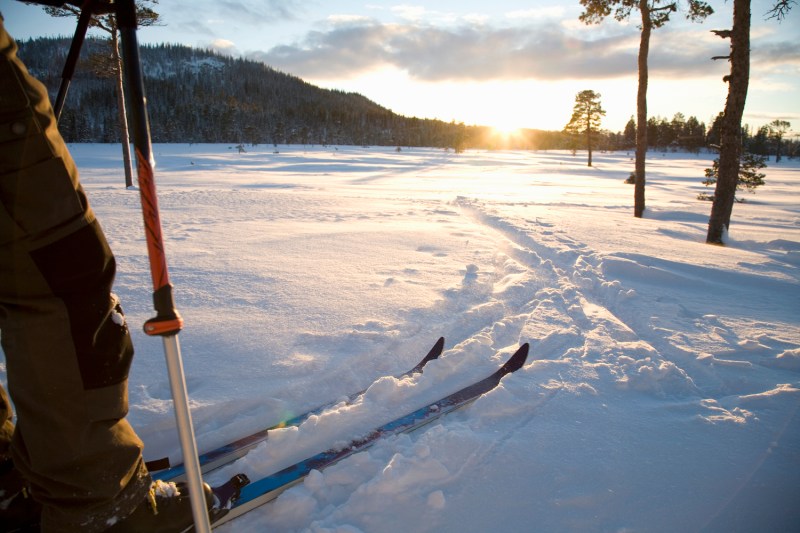
Cross-country skis have camber underfoot. This means that the ski is curved in a frown shape, with the tips and tails touching the ground. When you’re not standing on the ski the middle of it will be off the ground. This curvature will help you glide easily over the snow. When you’re climbing uphill, your body weight should depress the center of the ski giving you purchase so you can ascend. You’ll notice a fish-scale pattern or sometimes special material in the middle section of the ski. Its purpose is to grip.
For this reason, when choosing a cross-country ski, you’ll use your weight more than your height to determine length. If your ski is too short, you won’t get the glide you want. If your ski is too long, it’ll be difficult to climb with. Every company is slightly different, so refer to the size chart for the brand you’re considering. One other thing to note, if you plan to go on multi-day trips, hut trips, or snow camping, you’ll be carrying extra water and gear. If you’re right in the middle of two sizes, and thinking of making multi-day trips, size up!
Best Cross-Country Ski Binding
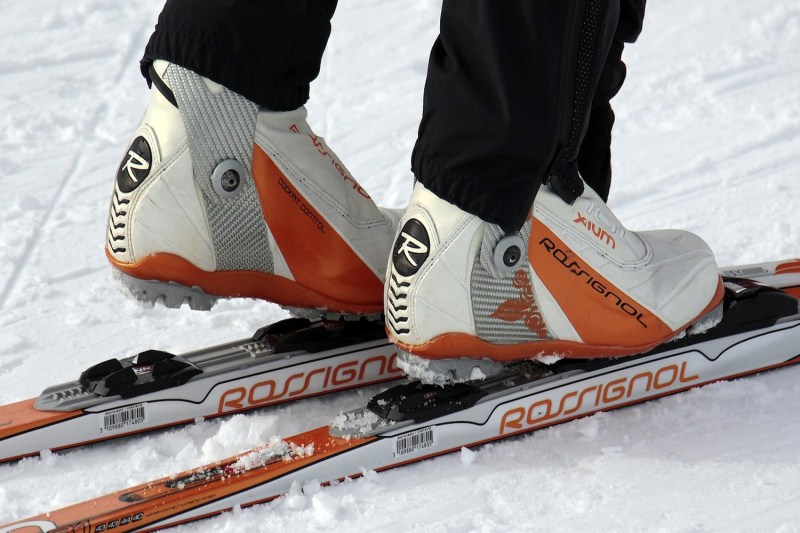
A cross-country ski binding, as the name implies, binds your boot to the ski. The binding is attached to the ski, and you clip your boot into it. There are a few different styles.
NNN
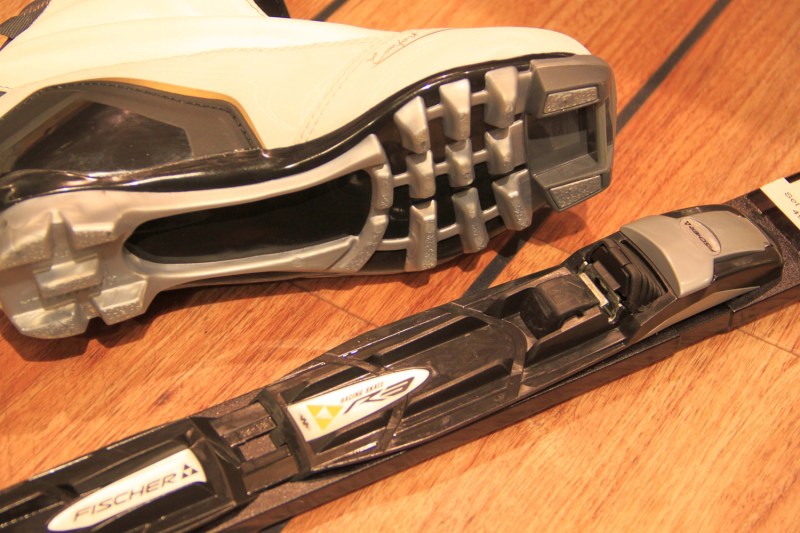
NNN Stands for New Nordic Norm. An NNN boot has a bar on the toe. This corresponds to a clip on the binding that you’ll fit that bar into. That’s how your boot will stay affixed to the ski throughout the day. NNN is the most common style of binding, and if you’re getting a touring ski, this is most likely the style of binding (and boot) you’ll need.
NNNBC
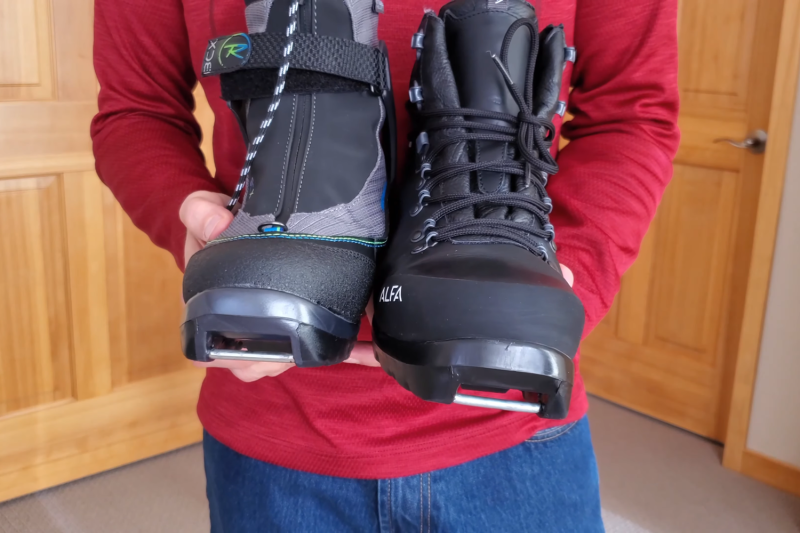
BC stands for backcountry. Because backcountry skis are wider, backcountry bindings and boots are also wider. This provides more stability as you navigate that backcountry terrain. If you’re getting backcountry skis, be sure to also get a backcountry or BC binding and boot. Because the bar is wider, a NNN BC boot won’t work with a regular NNN binding, so you want to make sure these match.
SNS
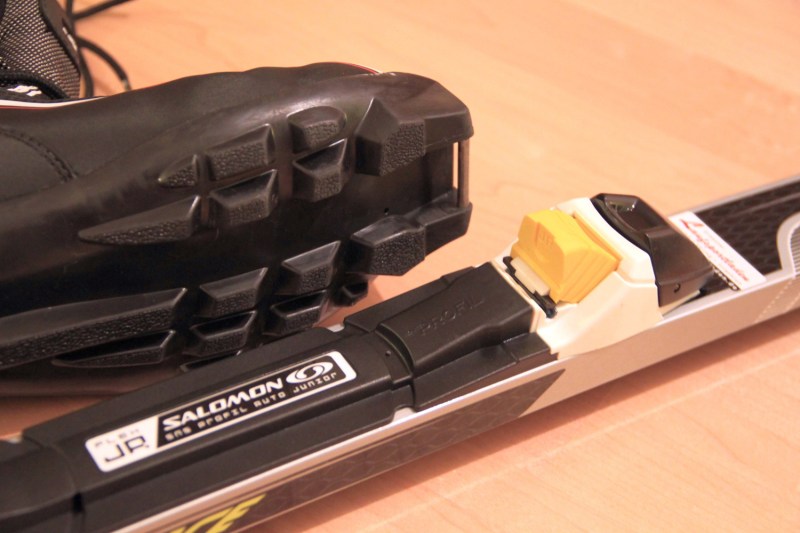
SNS (Salomon Nordic System) is a special type of binding and boot combo only made by Salomon. If you go this route, make sure both the binding and the boot are SNS.
75mm/3-Pin
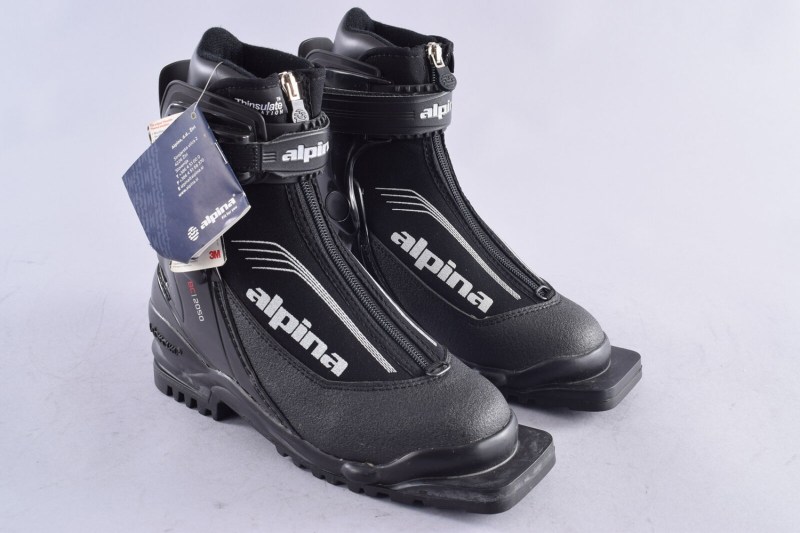
This style of binding was the traditional way that folks attached their boots to their skis. A chunky piece at the toe of the boot is clamped into the binding. Again, just make sure that your boot and binding match. This style isn’t made as much anymore, so you won’t see it as often as NNN.
What is a Plate?
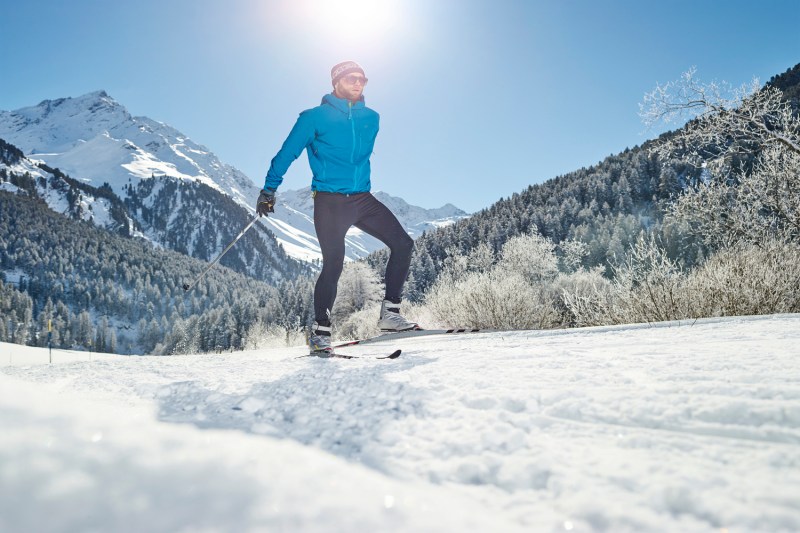
There’s a good chance you’ll be buying your cross country skis with the bindings already mounted. All you need then is a pair of ski boots that match and a set of poles. Sometimes, though, you might just be buying the ski or ski with a plate. A plate is a piece of plastic that’s used to mount the binding to the ski. The good news, this mounting process is super easy. The bad news, some bindings work with some plates and not with others.
If your ski comes with a plate — represented by acronyms like IFP (Integrated Fixation Plate) or NIS (Nordic Integrated System) — you’ll just want to make sure the binding you’re buying can be mounted to this plate. Pop into your local outdoor store or REI to make sure everything is lined up.
While you’re there, confirm the boots you’re looking at will work with your setup. At the end of the day, the main thing is compatibility. The whole system, from the ski to the plate to the binding to the boot, needs to be compatible. Though it might seem like a way to save money or to get something in your size, trying to attach your NNNBC boot to your SNS skate ski just isn’t going to work. Whether you decide to go with touring skis, backcountry skis, or skate skis, we hope you enjoy your time in the snow this winter.


